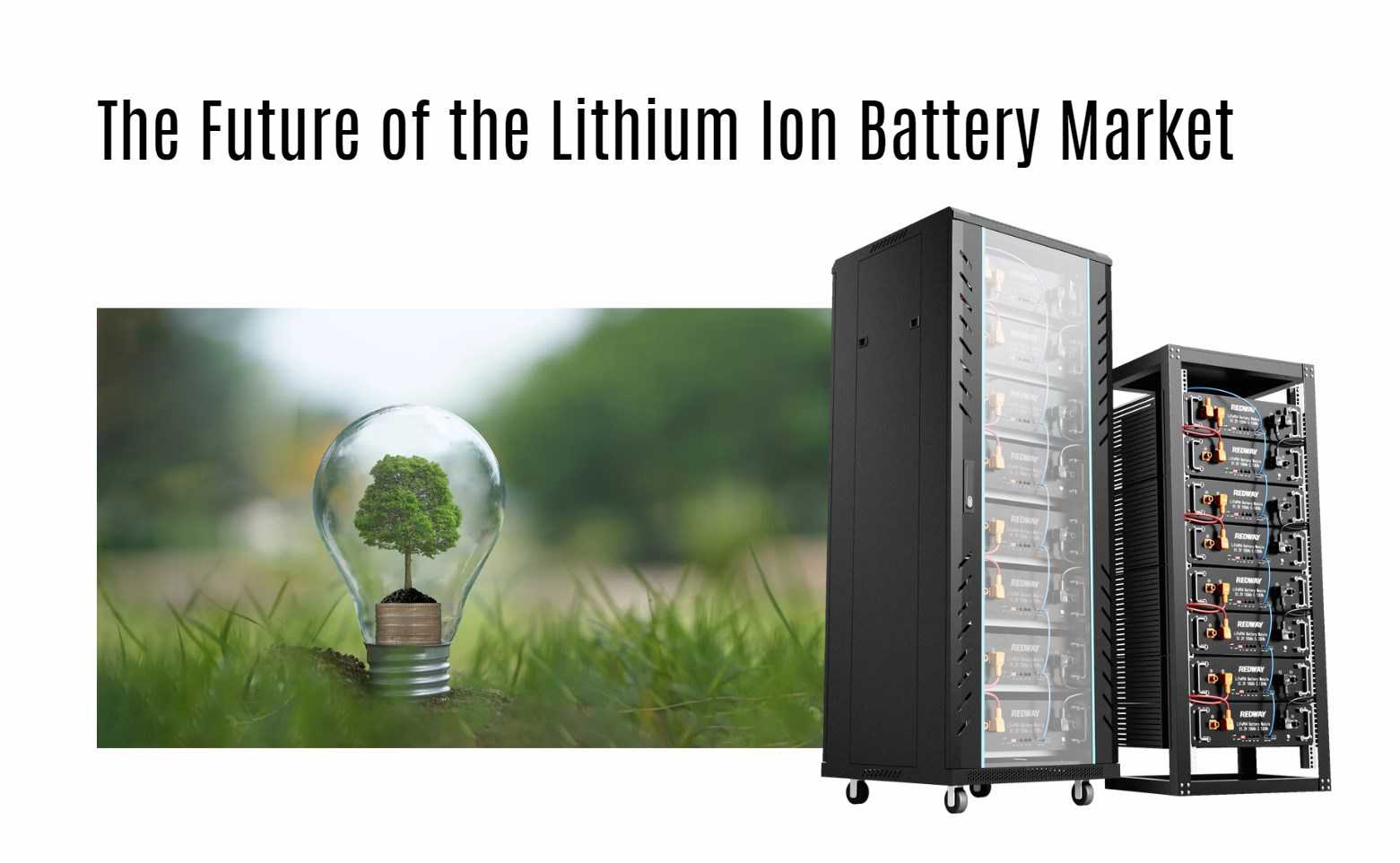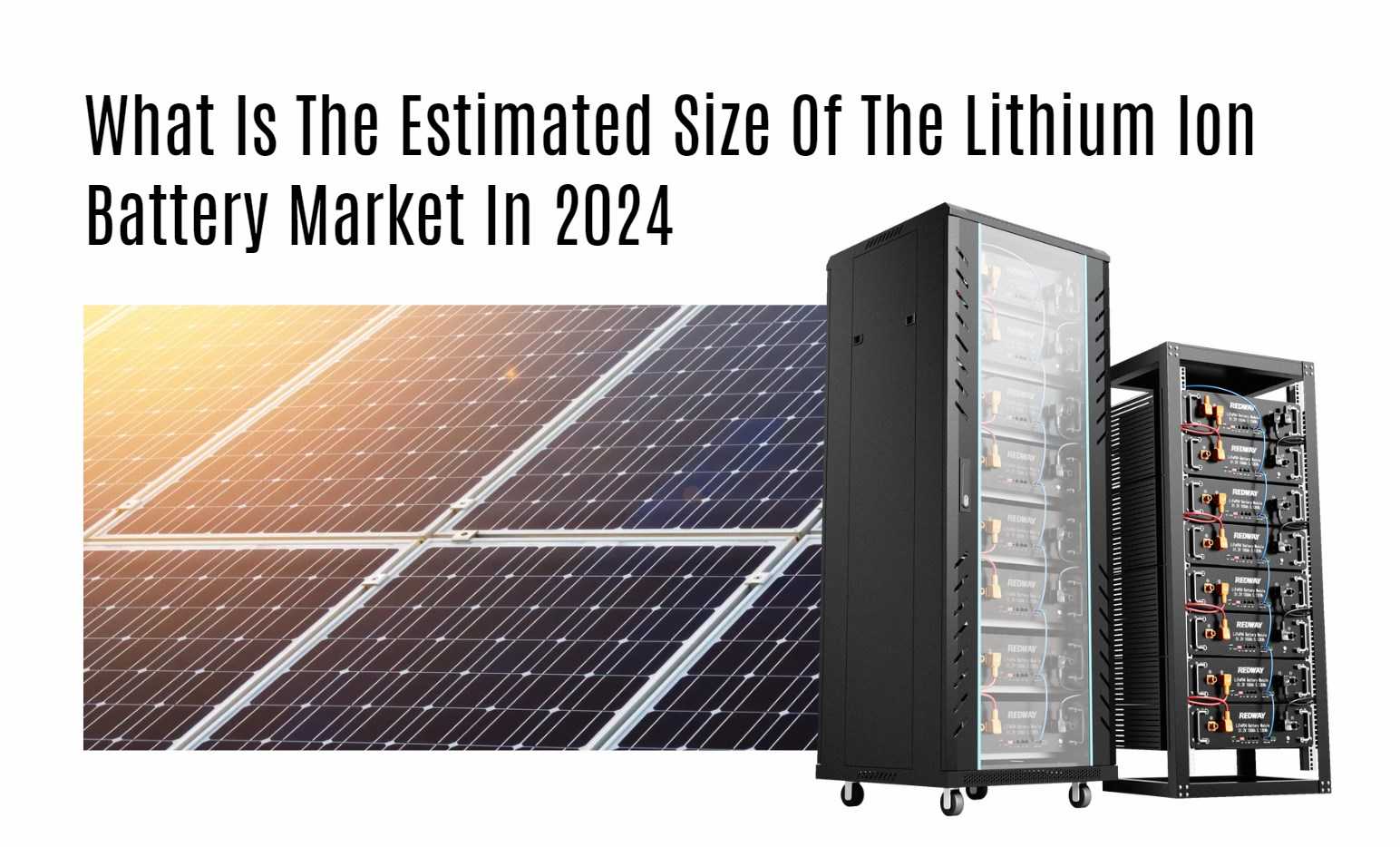In the heart of the modern technological revolution lies the lithium-ion battery, a powerhouse propelling the world forward. As the demand for sustainable and efficient energy sources escalates, the lithium-ion battery market stands at the forefront of this energy transformation. This article delves into the intricacies of this burgeoning market, exploring its growth forecasts, driving forces, and the challenges that shape its trajectory.
The Soaring Market Growth: A Financial Forecast
The lithium-ion battery market is projected to soar to unprecedented heights, with an estimated growth spurt of USD 448.8 billion between 2023 and 2028. This robust expansion is underpinned by a CAGR of 42.93%, a figure that speaks volumes about the market’s potential and the opportunities it presents.
Market Growth Catalysts
Consumer Electronics Boom The insatiable appetite for smartphones, laptops, and wearables has fueled the demand for lithium-ion batteries. As these devices become an extension of our daily lives, the need for longer-lasting, more efficient batteries accelerates.
Renewable Energy Integration With the world turning to renewable energy sources to combat climate change, lithium-ion batteries have become indispensable for energy storage solutions, ensuring a steady supply even when the sun doesn’t shine and the wind doesn’t blow.
Automotive Industry Shift The transition from internal combustion engines to electric vehicles (EVs) is well underway, with lithium-ion batteries at the core of this green revolution. The automotive industry’s pivot towards EVs has amplified the demand for these batteries, creating a ripple effect across the market.
Market Growth Challenges
Supply-Demand Imbalance The burgeoning demand for lithium, a key component in lithium-ion batteries, has led to a supply-demand gap. Mining and refining lithium to meet this surge pose significant challenges to the market’s steady growth.
Regulatory Hurdles Strict regulations on the transportation and disposal of lithium-ion batteries have added layers of complexity to the market. These regulatory frameworks aim to mitigate environmental risks but can also hamper the market’s agility.
Technological Competition The rise of alternative energy storage solutions, such as fuel cells, presents a competitive challenge to lithium-ion batteries. The automotive and energy sectors are exploring these alternatives, which could impact the lithium-ion market’s dominance.
Strategic Maneuvers: Collaborations and Mergers
The lithium-ion battery market is a tapestry of strategic alliances, where companies merge and collaborate to innovate and capture market share. These strategic maneuvers are not just about growth but also about survival in a competitive landscape.
Market Players and Their Strategies
Innovation Hubs Companies like Tesla and Panasonic are investing heavily in R&D to push the boundaries of lithium-ion battery technology. Their innovations are setting new benchmarks in energy density, safety, and cost-effectiveness.
Market Consolidation Mergers and acquisitions are reshaping the market, with larger players acquiring smaller, innovative firms to bolster their technology portfolios and expand their market reach.
Application Spectrum: Diverse and Expanding
Lithium-ion batteries are not just for smartphones and laptops; their applications are vast and varied, spanning across industries and sectors.
Automotive and Beyond
Electric Vehicles (EVs) The EV market is the primary consumer of lithium-ion batteries, with each vehicle requiring a substantial battery pack for propulsion.
Energy Storage From small-scale residential solar systems to large-scale grid storage, lithium-ion batteries are the go-to solution for storing intermittent renewable energy.
Portable Devices Smartphones, tablets, and wearables rely on lithium-ion batteries for their compact size, high energy density, and ability to hold a charge over long periods.
Market Trends: Shaping the Future
The lithium-ion battery market is not just growing; it’s evolving, with trends that indicate the direction of future development.
Recycling Initiatives
As environmental concerns rise, so does the focus on battery recycling. Initiatives to recover valuable materials from used lithium-ion batteries are gaining momentum, offering a sustainable and economically viable solution.
Government Support and Regulations
Governments worldwide are implementing policies to promote the adoption of EVs and the recycling of batteries. These legislative measures are driving the market towards more sustainable practices and technologies.
Regional Analysis: The Global Landscape
The lithium-ion battery market is a global phenomenon, with different regions contributing uniquely to its growth.
APAC’s Dominance
Asia-Pacific, with its manufacturing hubs and growing demand for EVs, is leading the market growth. China, in particular, stands out with its aggressive push towards EV adoption and battery production.
European and North American Dynamics
Europe and North America are not far behind, with stringent environmental regulations and government incentives driving the demand for lithium-ion batteries in these regions.
Innovations and the Path Forward
The future of the lithium-ion battery market is bright, with innovations set to address current challenges and unlock new possibilities.
Advancements in Battery Technology
Research into solid-state batteries, improved cathode materials, and advanced electrolytes is paving the way for higher energy density, faster charging, and longer-lasting batteries.
Sustainable Supply Chains
Efforts to establish sustainable lithium mining and refining processes are underway, aiming to alleviate the supply-demand gap while minimizing environmental impacts.
Conclusion: Navigating the Energized Market
The lithium-ion battery market is at an inflection point, with immense growth potential coupled with significant challenges. As the world moves towards a more sustainable and efficient energy future, the role of lithium-ion batteries is only set to expand. For stakeholders in this market, innovation, strategic planning, and adaptability will be key to harnessing the full potential of this dynamic industry.

The lithium ion battery market is growing at an unprecedented rate and is expected to continue its upward trajectory over the next few years. The increasing demand for electric vehicles and renewable energy systems has been a significant driving force behind this growth.
Moreover, with advancements in technology leading to improvements in energy density and reduced costs of production, it’s only a matter of time before lithium-ion batteries become even more prevalent in our daily lives.
As we move towards a sustainable future, these batteries will play an essential role in powering our homes and transportation systems. It’s clear that the potential for growth within this market is enormous, making it an exciting space to watch over the coming years.




